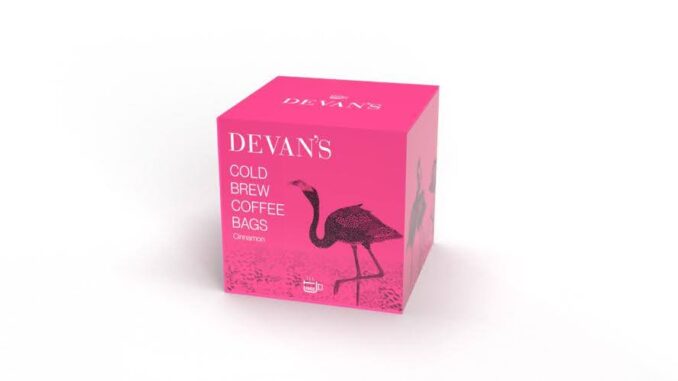
In part one of our series on coffee packaging in India, we meet a roaster who embraces India’s art zeitgeist.
BY RESHIL CHARLES
SPECIAL TO BARISTA MAGAZINE
Cover photo courtesy of Devan’s Coffee
Mr. Keshav Dev of Devan’s Coffee in New Delhi smiles as he pulls down a pack of beans from the shelf in his roastery, which opened in 1965. The beans are packed in three-layered metalized poly bags with a freshness valve, the standard packaging used by coffee roasters across the country at present. The artwork on the bag uses wild animals to convey the subtle message of their importance in the whole ecosystem that supports the coffee crop. The theme was chosen by his artist daughter, Aishwarya Keshav.
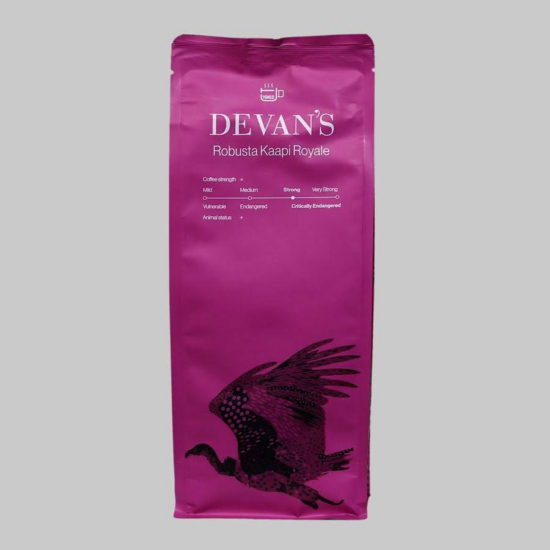
These bags are mainly for the shelves at retail stores, where they compete with other brands that use different storylines, themes, and artists to stand out. At the roastery, customers still take freshly ground coffee powder in silver pouches with no valve and transfer it into an airtight container at home. “In the ’60s and ’70s, we used to pack coffee in butter paper. Then we moved to plastic bags, and now this. But there were also customers who preferred to bring their own steel jars and pack freshly ground powder in them. Some still do that,” says Keshav.
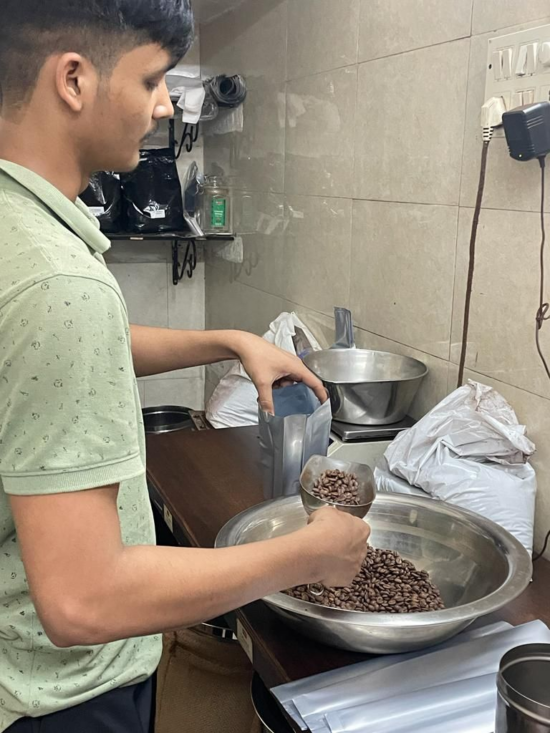
Photo courtesy of Devan’s Coffee.
A Story to Tell
Devan’s Coffee doesn’t need to have a foot in new-age packaging—their loyalists will accept the consistent roasts that come out of their roastery in whatever bag they pack them in. But their innovation speaks volumes about how far coffee packaging has evolved in India.
Like other roasters across the globe, new specialty brands are choosing a look and feel that tell a parallel story about what they stand for, and on a lighter note, possibly make up for the odd badly roasted bean!
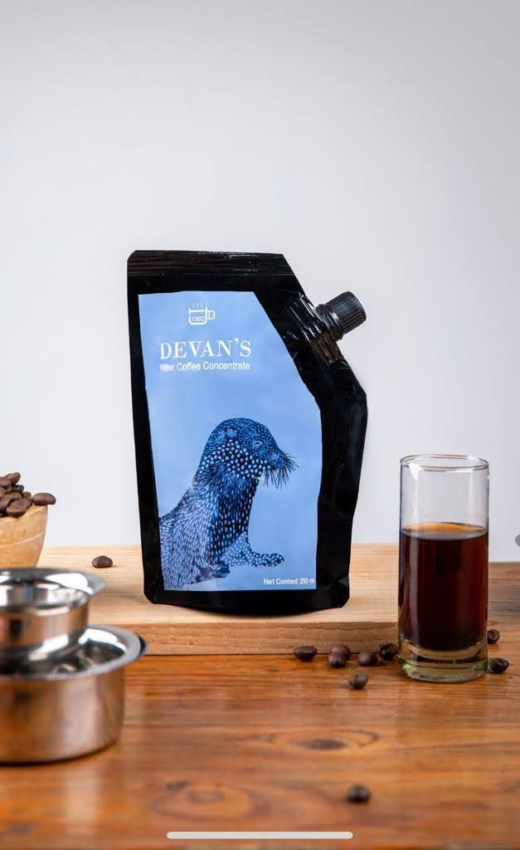
Art and Design
This packaging renaissance has also led to plenty of opportunities for artists and graphic designers across the country, who can use the coffee bag as a canvas to bring out the diversity in Indian subculture and design. While brands like Black Baza incorporate the surrounding environment of a coffee farm onto their packs, Bloom Coffee Roasters and Dope Coffee have brought in leading designers like Pushkar Thakur and Harsh Raman Paul to add some funk. Brands like Third Wave Coffee, Bili Hu, and Nandan Coffee have chosen to draw attention with a clean look.
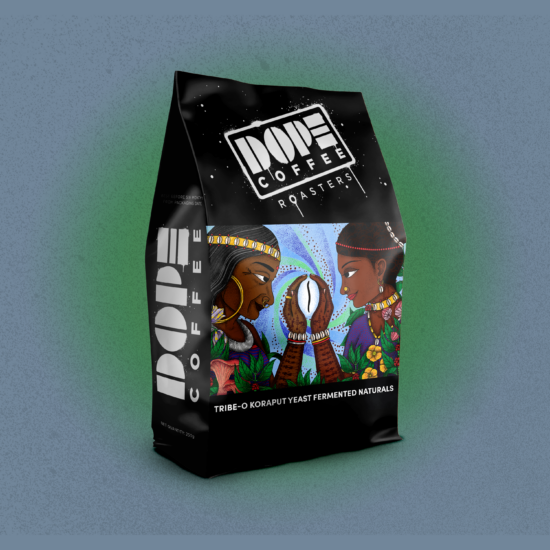
Photo courtesy of Dope Coffee.
In the next parts of this series, we’ll look at a few Indian roasters that have used interesting themes and artists to convey their identity. These packaging designs will also make a fine collage of art on the wall well after the coffee is gone!
ABOUT THE AUTHOR
Reshil Charles (he/him) is based in New Delhi, India, and works across television, web, and print as a journalist and presenter. He has been tracking emerging Indian trends across a few sectors for the last 19 years, with a special eye on the evolving Indian coffee scene. He feels strongly about exposing the world to the variety of culture and subculture in India that meets at the crossroads of traditional and modern, and coffee fits right in.

